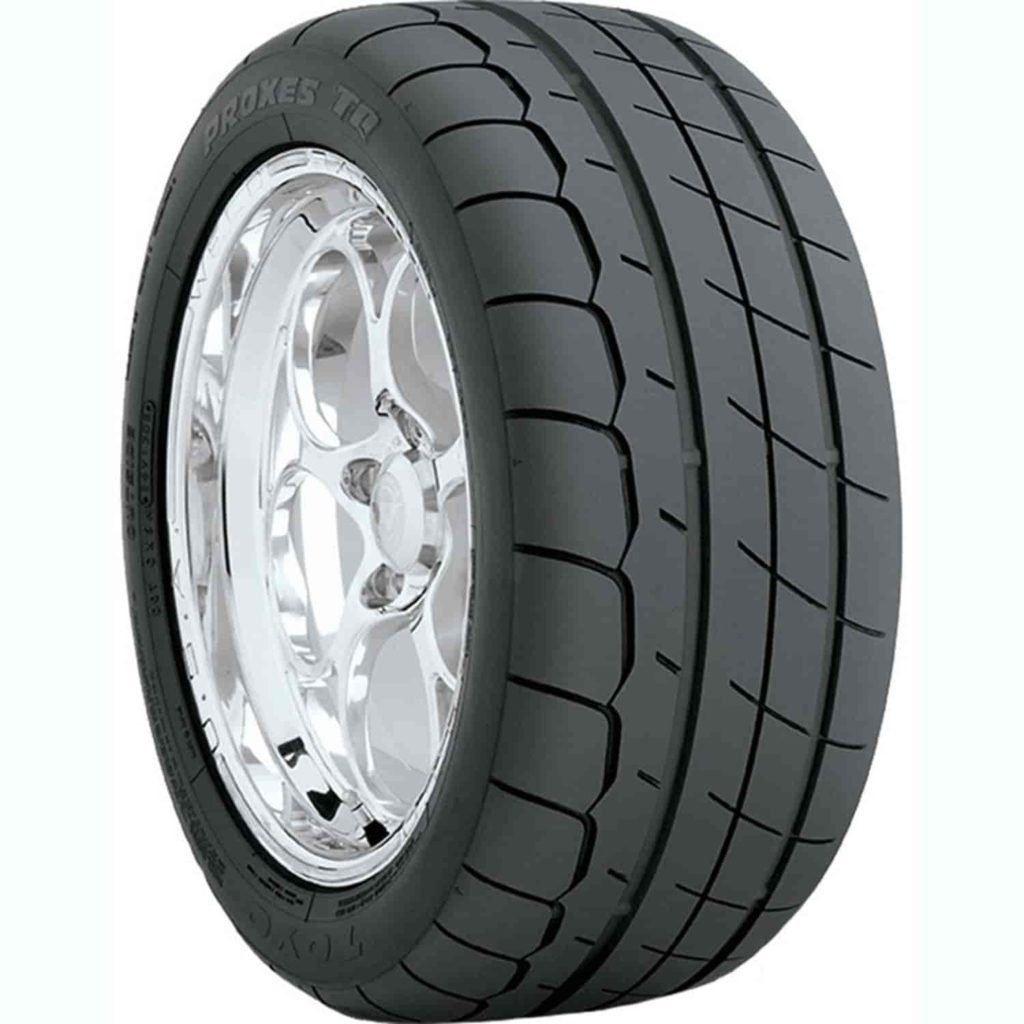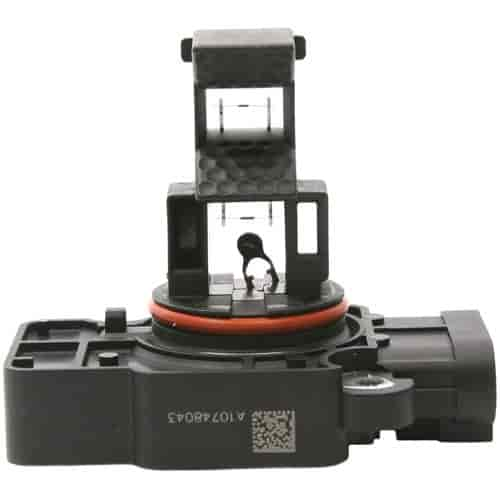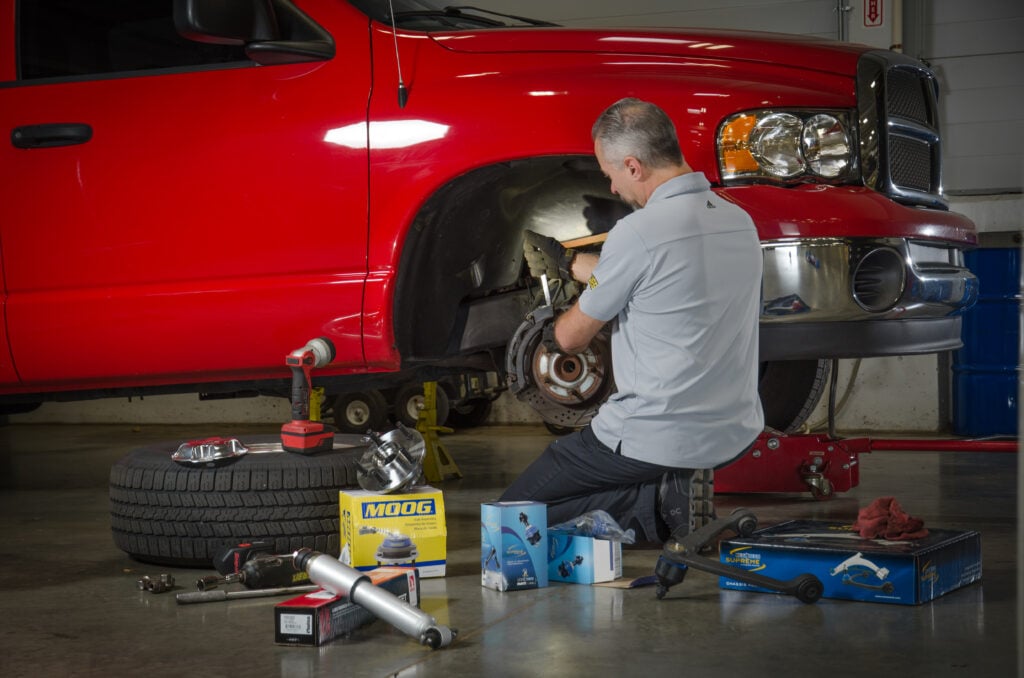
For many, the cold, dark, and snowy weather of the winter is a deterrent to proper maintenance and care of their vehicle. Only if something requires immediate attention will it usually get addressed. As spring rolls around and the weather warms up, some catching up is often required on maintenance. So what should you check to help make sure your car or truck is ready for the warmer weather ahead? Read on to learn some helpful spring maintenance tips and ideas we at JEGS have put together for you.
Vehicle Maintenance List
If you have the owner's manual for your vehicle, there usually is a specific maintenance list and schedule near the back that will help you cover all of the vital components. Following the list for your vehicle will help to ensure long service life with a less chance of vehicle breakdowns or component failure. Below are the most common maintenance items that should be covered.
Oils And Fluids
Fluids and oils are vital to engine operation. They lubricate, transfer heat, or provide pressure to activate hydraulic components. The correct level should be confirmed for all vehicle fluids as well as condition and color, requiring fluid replacement when visually dirty. It is important to use the correct type/weight for your specific vehicle and engine to reduce the chances of a part or system failure. Below are the most common fluids along with any helpful tips on how to check their level.
- Engine Oil – Check with dipstick, usually located in the block, pan, or timing cover. Marked with a "min" and "max" level line.
- Coolant – Check in the radiator by removing the radiator cap as well as the overflow tank by confirming the level is between the "min" and "max" markings on the side. Do not remove coolant pressure caps unless the engine is cold to avoid burns and high pressure fluid release.
- Brake Fluid - Check in master cylinder reservoir between the "min" and "max" markings, usually in a molded "window" on the side.
- Power Steering Fluid - Check inside the pump reservoir, typically with the dipstick built into the cap or the remote reservoir "min" and "max" markings found on the side. Depending on the application, the engine may or may not need to be running to determine the correct level, so confirmation is required.
- Hydraulic Clutch Fluid - Similar to the brake master cylinder, check that level is between "min" and "max" markings on the master cylinder reservoir. Often brake fluid is used for the hydraulic clutch system, so confirm with your manufacturer.
- Transmission Fluid - Check with the dipstick (automatic) or fill plug on the side of the gearbox (manual). Automatic applications may require the engine to be running with the transmission in "park" gear. Confirm if the engine needs to be on or off. For most manual transmissions, the fill plug is the level the fluid should be filled to.
- Differential Fluid - Check the fill plug located in the upper half of the center of the housing. The fill plug for most differentials is the level the fluid should be filled to.
- Washer Fluid - Check the level in the reservoir either by filling up or confirming its at the "full" mark on the washer fluid tank.


Filters & PCV Valve
Filters, like oils and fluids, are also important maintenance items. They catch contaminants that can damage engine or transmission parts as well as help keep pollen, bacteria, and noxious gases from entering the passenger compartment. Below are common filters found on vehicles:
- Engine Air Filter - Located above the carburetor or before the throttle body, the housing varies depending on the year, make, model, and engine. A visual inspection of the element will confirm if replacement is needed.
- Cabin Air Filter - Starting around the 2000 model year for most vehicles, this filter is typically located above/behind the glove box or under the passenger side dash, and replacement instructions are confirmed in the owner's manual. A visual inspection will determine if a new one is needed.
- Engine Oil Filter - Threaded to the engine block or a remote mount in tight engine bays, in most cases this filter is part of an oil change. A visual inspection is not possible without permanently opening the filter with an oil filter cutting tool, typically used to confirm if metal has been trapped from damaged internal parts.
- Automatic Transmission Fluid Filter - Typically accessible by removing the transmission fluid pan. A visual inspection is usually possible to determine the need for replacement.
- Valve Cover breather - (if applicable) - Located on or close to the valve cover, this filter may or may not be able to be visually inspected depending on the design or application.
- PCV valve - Located either in the intake manifold or valve cover, light air pressure can be used to check for clogs. PCV valves usually have a check ball that allows air to only flow in one direction. If the PCV valve doesn't rattle and a new one does, replacement is recommended.
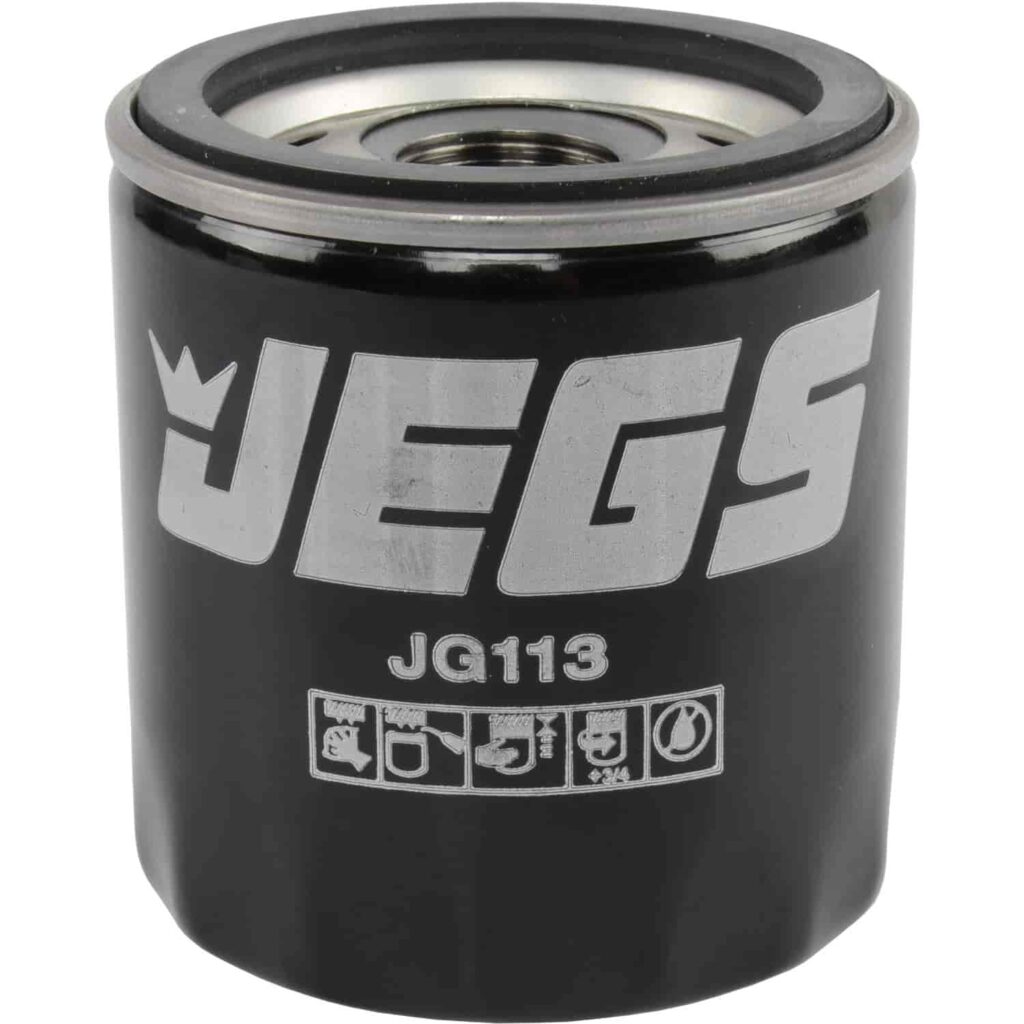


Tire Pressure, Tread Depth, Rotation, & Alignment
Temperature affects air pressure as colder weather lowers pressure and warmer weather increases it. While this change can be reduced by using nitrogen (molecules are larger compared to oxygen to reduce pressure fluctuations), checking the pressure with a tire pressure gauge will help reduce tire wear and improve vehicle performance as well as fuel economy.
While checking tire pressure, confirm the tire tread depth with a depth gauge. You can also use a penny by sticking Lincoln's head upside down in between the tread. If you can see his entire head, most likely the tires need replaced.
Don't forget to check the tire side walls for cracking and rot while you are confirming the pressure and depth. Visible cracks and damage will eventually lead to leaks and blowouts, leaving you stranded or worse, involved in an accident.
Tire rotation is also important, as it keeps the wear even for all four corners, and for some vehicles (such as AWD applications), its necessary for proper operation. If any uneven wear is noticed, its a good idea to have the alignment checked and adjusted if needed to prolong tire life and keep your vehicle driving straight.
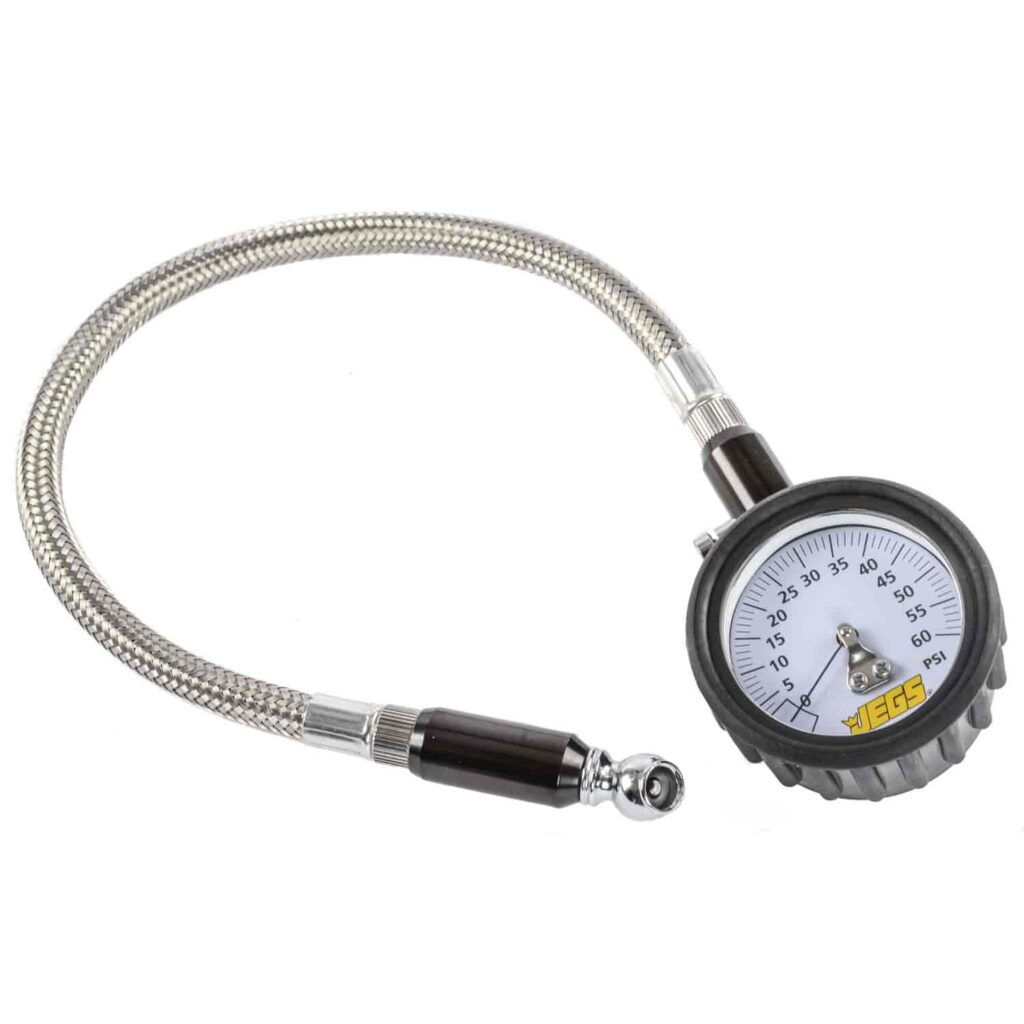


Belts And Hoses
As with tires, check engine drive belts and radiator hoses for wear and cracks that can lead to failure and leaks caused by age and use. Double-check and ensure clamps are tight on hoses to prevent leaking and confirm the correct tension on belts to avoid squealing or breakage.


Battery
The battery is a very important component as without a properly charged or working one, your vehicle is disabled and unable to be used. To ensure it is ready for spring, test the battery with a battery tester to confirm its condition. Charge the battery with a battery charger if needed. Another often overlooked area is the battery cable terminals and connections. Clean the corrosion from them and double check that they are tight.
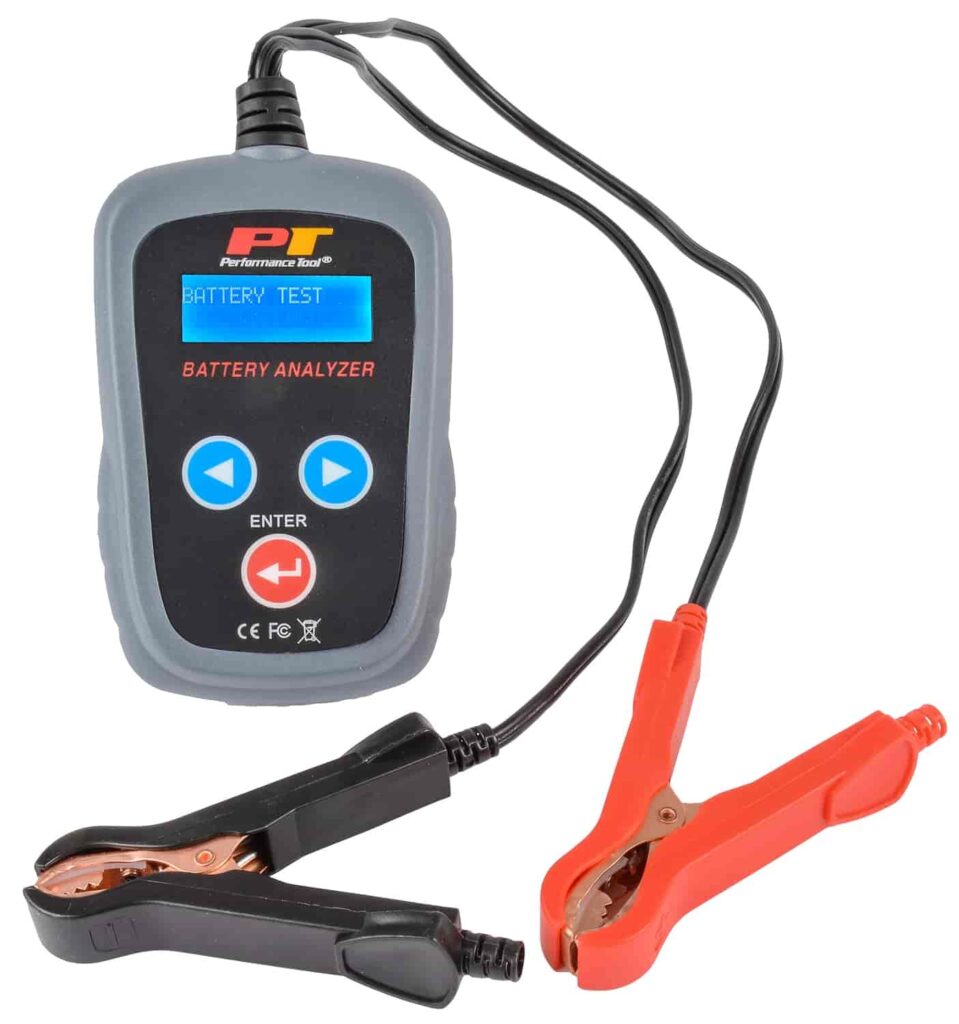


Brake Inspection
Often the brakes are not thought about until you hear noise or notice poor brake performance. To get ahead of the inevitable, inspect the brake calipers, rotors, pads, drums, and shoes (if applicable) to ensure correct and leak-free operation. The pads on disc brakes and shoes on drum brakes should have plenty of material and be replaced if they do not. If any grooves are noticed on disc brake rotors or the inside of the drums, they need to be either resurfaced or replaced. If your vehicle hasn't been driven in a while, confirm the brakes work properly at slow speeds before going faster and venturing away from home, garage, or shop.


Air Conditioning System Operation
To prepare for warmer temperatures, test the air conditioning operation and temperature to ensure you will stay cool when its needed. The general rule of thumb is that on a 70 degree Fahrenheit day with low humidity (around 20%), the temperature in the passenger compartment should be around 35-40 degrees Fahrenheit. If the temperature is not cool enough, first confirm the proper refrigerant pressure with a manifold gauge set. It may be necessary to add more refrigerant if the pressure is low, but this also means there is a leak in the system, requiring repair. If the pressure is correct, further diagnostics will be needed to find the issue if you are not feeling cold air coming from the dash vents.

Lighting
Lighting is very important for you to see what is in front of you and to let other drivers on the road know where you are and your intended direction. Confirm the headlights (both low and high beams) work properly as well as turn /hazard signals (front and rear), tail lights, brake lights, marker lights, back up lights, license plate lights, fog lights, and cargo light (for truck applications). Any lights not found to be working need changed and following the general rule, if the one side is burnt out, change the other side as well, as most likely it will also burn out soon.


Wiper Blades
After the abuse of a winter containing ice, snow, and sloshy roads, confirm the wiper blades still function without chatter or streaks and replace them if they are not doing their job. Any visual damage found from inspection also requires a replacement wiper blade. As with light bulbs, wiper blades should also be replaced in pairs.

Car Wash
With all of the maintenance items completed, its time to rid your car or truck of the winter contamination from salt, sand, beet juice, and other abrasive and corrosive debris. While its easy to go through an automated car wash, inspecting every nook and cranny and cleaning by hand with a good car wash detergent will ensure all areas are clear of potential corrosion. You will also know the condition of your paint, wheel wells, undercarriage, engine bay (with proper precautions when cleaning to prevent damage), wheels, and tires, which will give you the knowledge needed to address any issues.


Polishing and Waxing
With the vehicle washed, now is the best time to address the paint and then protect it. If any rust needs removed, sand, prep, and paint the areas in need. When all painted areas are satisfactory, use a good polish to bring out the shine and then protect it with a coat of wax. Both of these processes require rubbing the paint with the product, letting it dry/haze, and then removing the excess liquid or wax with a proper and clean cloth. Polishing and waxing can be sped up with the careful use of a professional buffer and polisher.


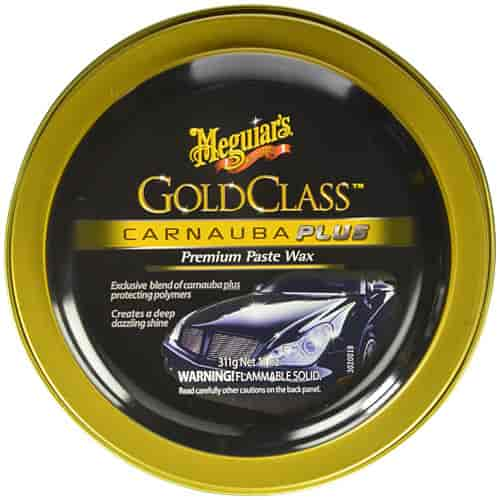
Clean and Vacuum The Interior
With the outside of your vehicle addressed, move on to the passenger compartment. If its been a long time since you have vacuumed after a lengthy winter season, most likely the vinyl or carpet floor and mats need attention. First remove any trash, dirt, food particles, coins, and dust. Then vacuum the floor and seats to prolong the life of the interior and improve sanitation. Finally, apply interior shine and protectant to vinyl, plastic, and leather surfaces on the dash, doors, seats, console, and other areas to restore the original clean look of the inside of your car or truck.

Time To Upgrade!
While performing your spring maintenance or after completing it, you may consider making upgrades to improve the looks or performance for your vehicle. These upgrades can include swapping the stock air filter intake system to a cold air intake kit, upgrading tires to a performance option with improved handling and traction, upgrading your car or truck's brakes, along with many other possibilities. If you're looking for a comprehensive online retailer with a robust e-commerce portal and inventory of thousands of SKUs spanning hundreds of the world's best performance brands, it's hard to top JEGS. Started in 1960 by Jeg Coughlin, JEGS maintains a physical store in Columbus, Ohio, as well as countrywide shipping of online orders. When you shop at JEGS, you're receiving competitive prices, a wide array of parts, warranties where applicable, and excellent after-sales service. JEGS' friendly experts are always on hand to offer assistance and advice. Once you go JEGS, you never go back — just ask our loyal customers!


